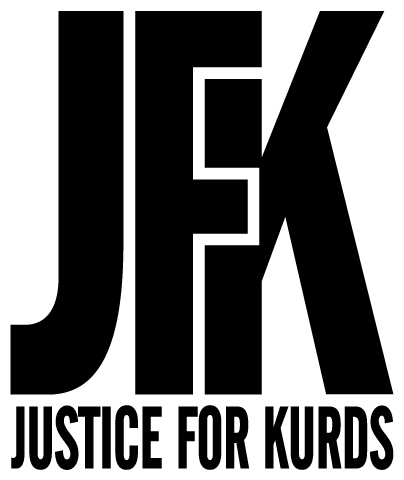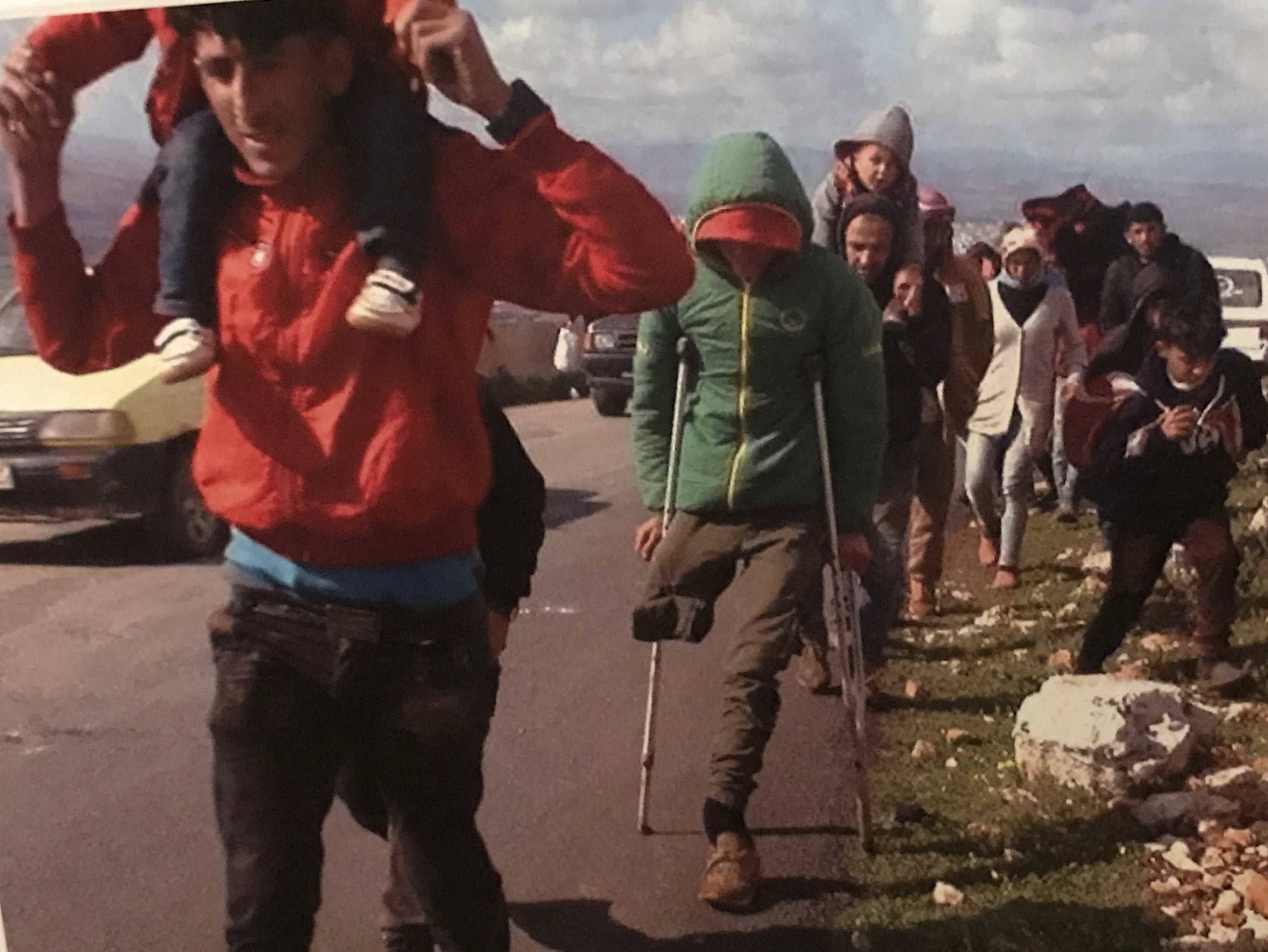As after Saddam Hussein’s planes gassed the inhabitants de Halabja 30 years ago, is it possible, in the aftermath of yesterday’s fall of the Kurdish city of Afrin and the exodus of hundreds of thousands of citizens before Turkish forces and their jihadist allies, to celebrate Newroz, the Kurdish new year, which falls on the first day of spring?
Yes. And here’s why.
Newroz emerged from the legend of Kawa the Blacksmith who slew the tyrannical King Dehak of Mesopotamia. As a result of his pact with the devil, Dehak carried on his shoulders two serpents whose daily diet consisted of human brains. Every morning, two young people were sacrificed to feed them.
Living near the king’s castle, Kawa had already lost 16 of his 17 children to the serpents. When the time came to sacrifice his last child, a daughter whom he loved, Kawa, in desperation, sent a sheep’s brain to the king, who fell for the subterfuge. Kawa then hid his daughter in the mountains. The king’s other subjects soon began to do as Kawa had done. The young people who were saved grew into an army, with Kawa at its head. He stormed the castle and killed the king. Kawa’s army then returned to the mountains, lighting bonfires to let the surrounding villages know that the tyrant was dead. The following day, the people celebrated their first day of freedom. It was March 20.
Even after disaster, we can celebrate Newroz and light bonfires. Because this holiday, passed down through the ages, is a call to the Kurdish people to resist their oppressors—Persian, Arab, and Ottoman, as well as their latter-day successors. After Kurdistan was partitioned by the victors of the First World War, it became, in effect, a symbol of resistance against Turkish, Iranian, Syrian, and Iraqi rule, from Saddam Hussein in the recent past to Assad, Erdogan, and the ayatollahs today. None of whom has managed to extinguish the Kurds’ culture or identity. None of whom has managed to wipe from the earth—though not for lack of will or effort—this people whom they consider superfluous.
They know who they are up against: The first infamy committed in Afrin by the jihadists who arrived in Turkish military trucks was to topple the statue of Kawa the Blacksmith. But the barbarians and their current Turkish master have not seen the last of Kawa and his ancient people. A new resistance is beginning.
Four things about Afrin should be borne in mind.
The first is that the Turks, while invading a neighboring country, like to claim that they, unlike the Russians in Aleppo and Ghouta, have spared the civilian population and structures such as schools and hospitals. Nothing could be further from the truth, as the accompanying photos attest. Turkish propaganda shamelessly contrasts their supposed “restraint” with the allies’ bombing of Nazi Germany.
While labeling the Kurdish resisters as “terrorists,” the Turks have recycled into their offensive on Afrin all of the jihadist remnants of Al Nusra and similar groups.
The Turkish plan is as follows: to empty Afrin and the primarily Kurdish surrounding region that has, up to now, been spared the ravages of the war; to replace the Kurds with Syrian refugees presently in Turkey; and thereby to create an Arab buffer, cutting off Turkey’s Kurds from their brothers in Syria. This is known as ethnic cleansing.
The West, which declined to punish Assad’s crossing of the red line with the use of chemical weapons in 2013, has subsequently opened the way for the Russians in Syria, condemned the referendum on independence for Iraqi Kurdistan after the Peshmerga spent two years fighting the Islamic State, allowed Iranian militias to seize Kirkuk, and failed to stay the arm of fellow NATO member Turkey in Afrin. First and foremost in default have been the Americans, only yesterday the allies of Syria’s Kurds in the fight against ISIS. In Syria we had Assad, then Putin, then Iran. Now, in addition, we have Erdogan. Dictators and autocrats are having a field day; the West is scared, “impotent,” and above all indifferent. The Security Council convenes after Russia poisons former spies in Britain. But not for Afrin.
In conclusion, the Turks, invaders who arrived from Central Asia, across thousands of miles, found in Turkey allogeneic and ancient peoples (Greeks, Armenians, and Kurds) that they have continuously marginalized, displaced, and massacred so as to take their place. This has been going on for six centuries. Following the Armenian genocide and the expulsion of the Greeks from Asia Minor, only the Kurds remained.
It now appears that their turn has come.

